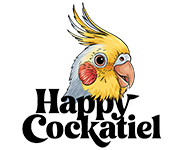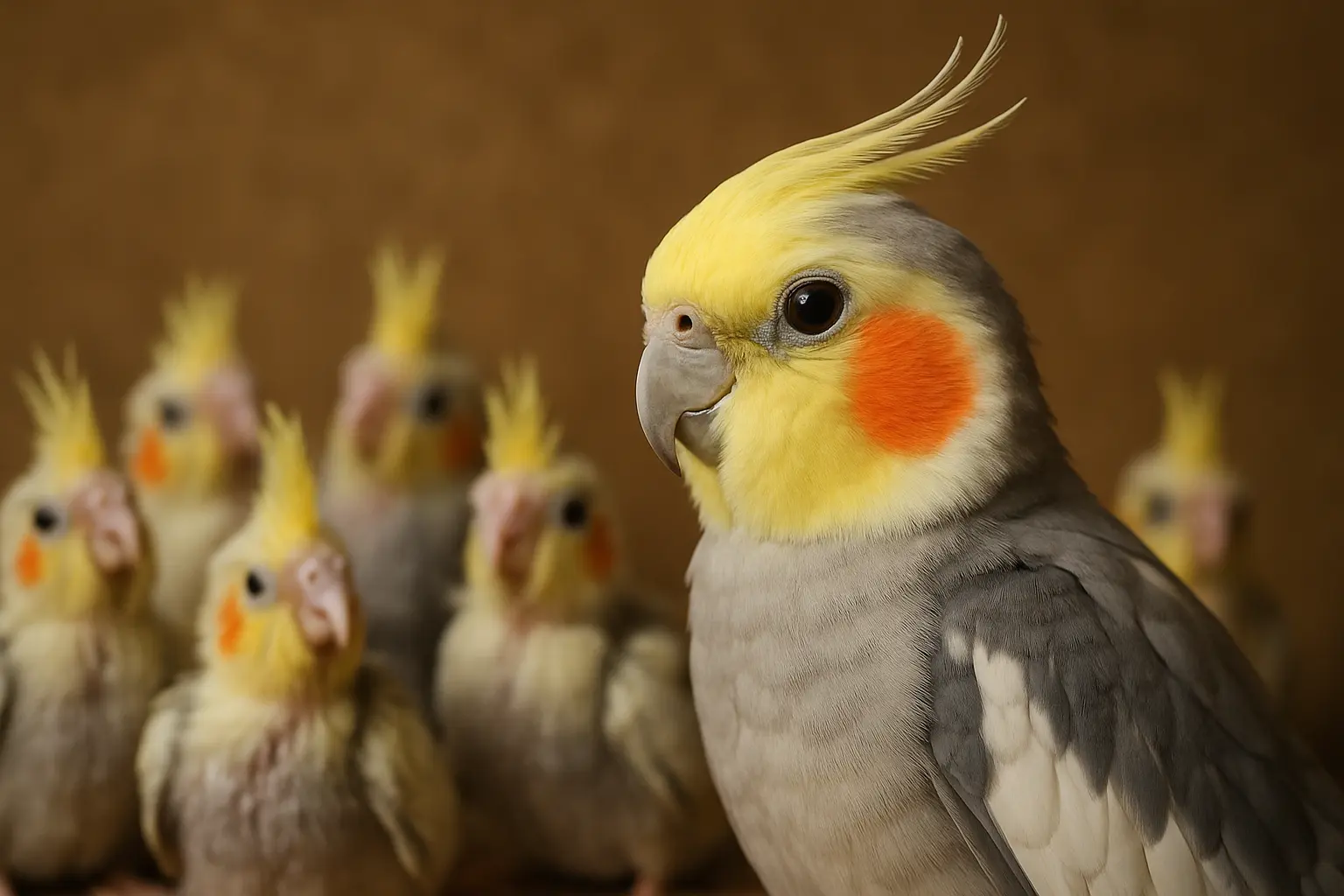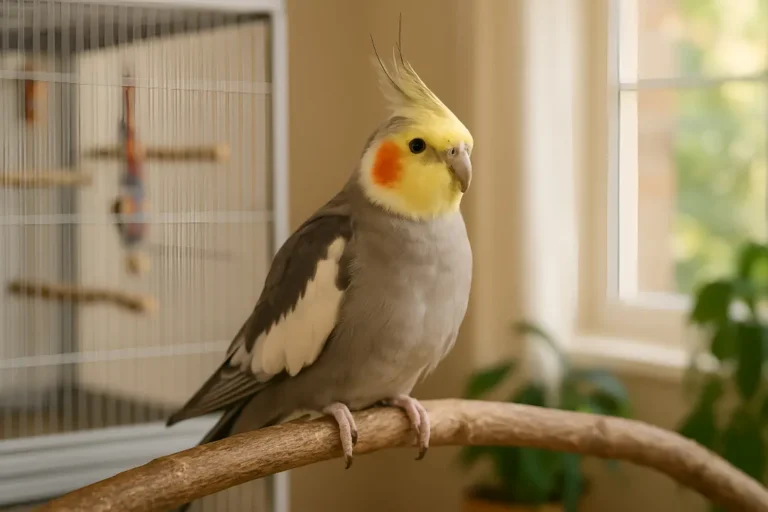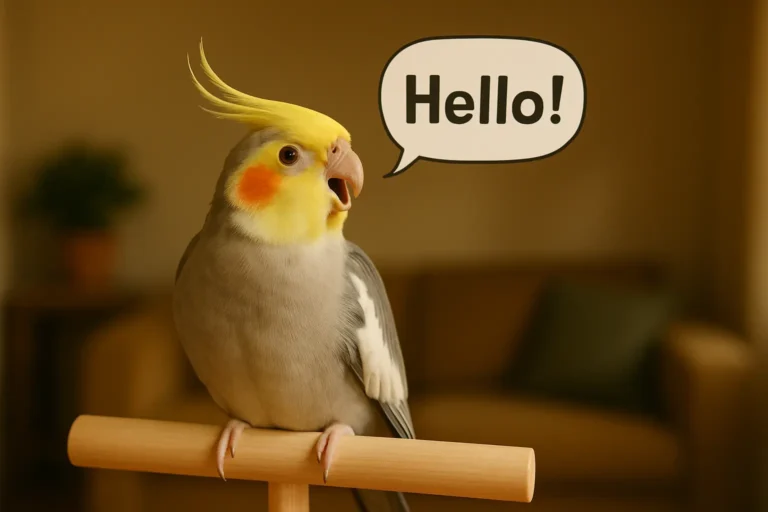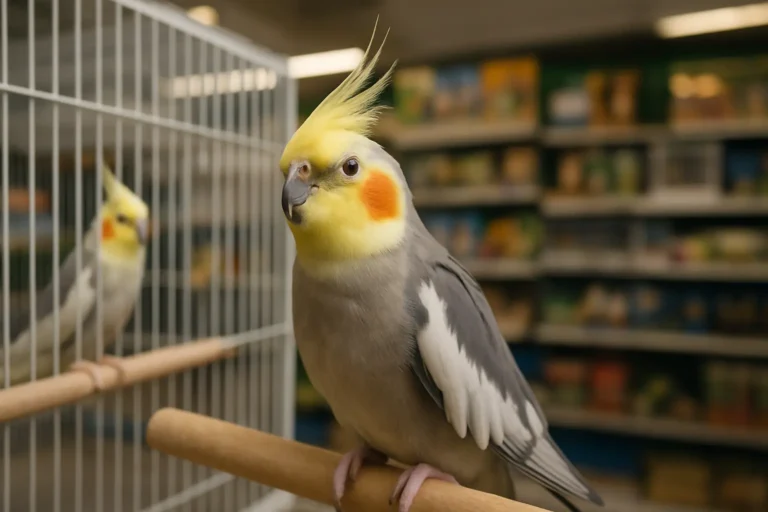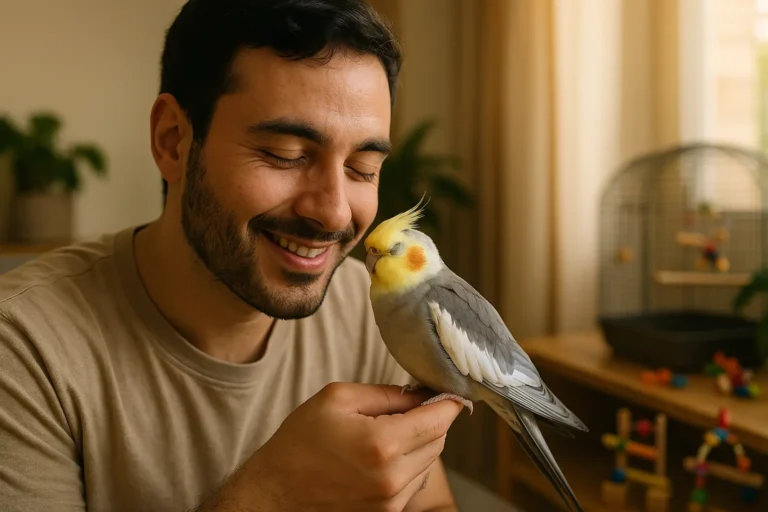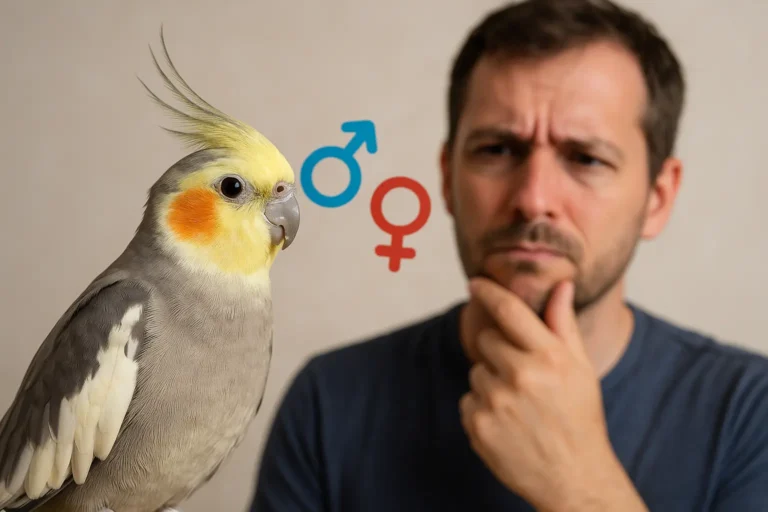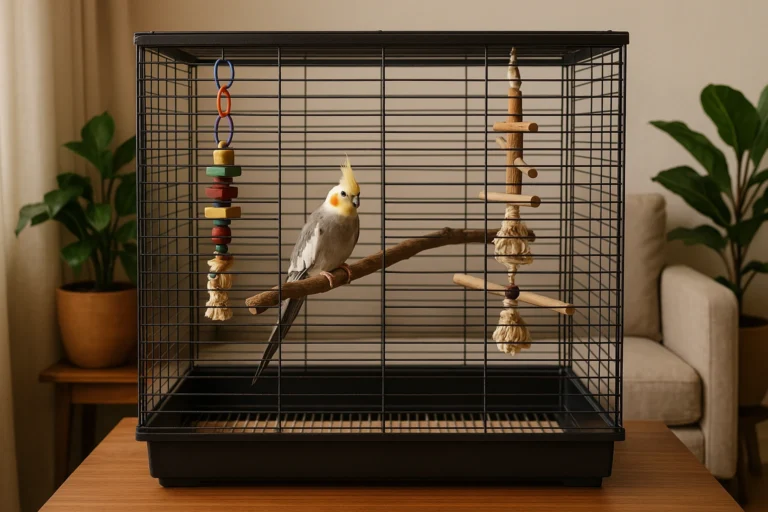How to Tell a Cockatiel’s Age at Home in 2 Minutes
Why It’s Helpful to Know Your Cockatiel’s Age
As an experienced cockatiel breeder, I had the joy of raising hundreds of these sweet birds from hatchlings to adults. One of the most common questions I get from new bird owners is how to tell a cockatiel’s age at home. While you may not get an exact number, there are clear signs that can help you make a good guess and it’s a lot easier than you might think!
Understanding Behavior by Age
Young cockatiels are full of energy. They flap around, explore everything and love attention. Adults are more relaxed and content to perch near you or sit quietly in their favorite spot. I have seen this transition happen many times, and it’s a big clue about your cockatiel’s age.
Tailoring Diet and Care
Knowing a cockatiel’s age helps you care for it better. Babies need soft food and eat more often. Adult cockatiels are more into a balanced mix of pellets, seeds, and veggies. As a breeder, I adjust feeding plans based on each stage of life. You can do the same with a little observation.
How to Tell a Cockatiel’s Age: 5 Quick Clues to Check
Here’s how to tell a cockatiel’s age at home in 2 minutes. These tips come straight from my experience raising chicks into confident adult cockatiels.
1. Eye Color: Dark vs Light
Dark Eyes: Chicks and young juveniles have deep, dark eyes. This is one of the first things I look for.
Light Eyes: As they age, their eyes may turn lighter or reddish, depending on their color mutation.
When do eyes change? In my breeding flocks, I usually see the eyes start to lighten between 6 and 12 months. A light eye is a good sign your cockatiel is at least a year old.
2. Feather Quality and Sheen
Baby Feathers: Babies have fluffy, soft, and often messy feathers. They haven’t gone through their first molt yet.
Adult cockatiels Feathers: Adults grow sleek, shiny feathers after molting. The difference is easy to spot once you’ve seen both.
Molting signs: The first major molt usually happens around 6 to 9 months. When I see birds with even, glossy feathers, I know they’re growing up.
3. Beak and Nail Texture
Smooth Beak and Nails: In my experience, younger birds always have smooth, soft beaks and toes.
Rough Beak and Nails: With age, these become more textured. It’s subtle, but noticeable to the touch.
What to feel for: Gently run your finger over their beak and nails. If it’s smooth and almost silky, the bird is still young.
4. How to Tell a Cockatiel’s Age: Behavior and Energy Levels
Young Cockatiels: As a breeder, I love watching young birds play, chirp, and hop all day. They’re full of excitement.
Older Cockatiels: Adults are calmer and often form deeper bonds with their people.
Sleep patterns: Younger birds nap more often and wake up with bursts of energy. Adults stick to a steady routine.
5. Vocalization and Talking Skills
When They Start: I often hear my baby cockatiels start whistling around 3 to 6 months old.
Talking Signs: If your cockatiel mimics sounds or phrases, they’re usually past their baby stage.
Tip: A bird that only chirps may still be very young. Talking and whistling means they have had time to learn.
How to Tell a Cockatiel’s Age Exactly?
Even with years of experience, I will admit it’s not always possible to know the exact age just by looking. But you can get close!
Limitations of Visual Checks
Not all birds develop the same way. Some molt early, some are late bloomers. Visual signs are helpful, but not always 100% accurate.
Why Breeder Info or Vet Records Help
As a breeder, I keep detailed hatch dates and records. If you got your bird from a breeder, always ask for their age and history. If you adopted your cockatiel, a vet visit can help estimate their age more accurately.
What to Do If You’re Unsure
If you are still unsure, talk to an avian vet. They know what to look for and can give a better estimate based on physical signs and health.
Age vs Maturity: What is the Difference?
I often explain to new owners that just because a bird looks grown doesn’t mean it’s mature.
How to Tell a Cockatiel’s Age: Physical Maturity vs Breeding Age
Cockatiels may look like adults around 6 to 9 months but should not be bred until they’re at least a year old. I never breed cockatiels before 12 to 18 months to protect their health.
When Cockatiels Become Adults
From my experience, most cockatiels act fully mature by one year. They bond with humans, and have their full set of adult feathers.
How to Tell a Cockatiel’s Age: Quick Checks You Can Do Today
Here are the signs I use every day to quickly guess a cockatiel’s age:
Eye color (dark for babies, lighter for adults)
Feather texture and sheen
Beak and nail feel
Playfulness and calmness
Sounds and vocal skills
Handle your bird gently and watch for signs with care. As a breeder, I can tell you the best bond comes from understanding your bird, no matter their age.
